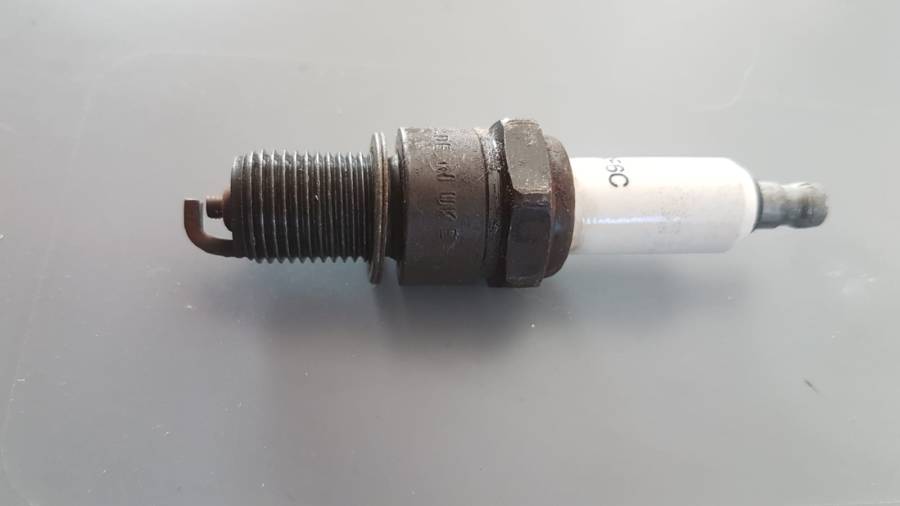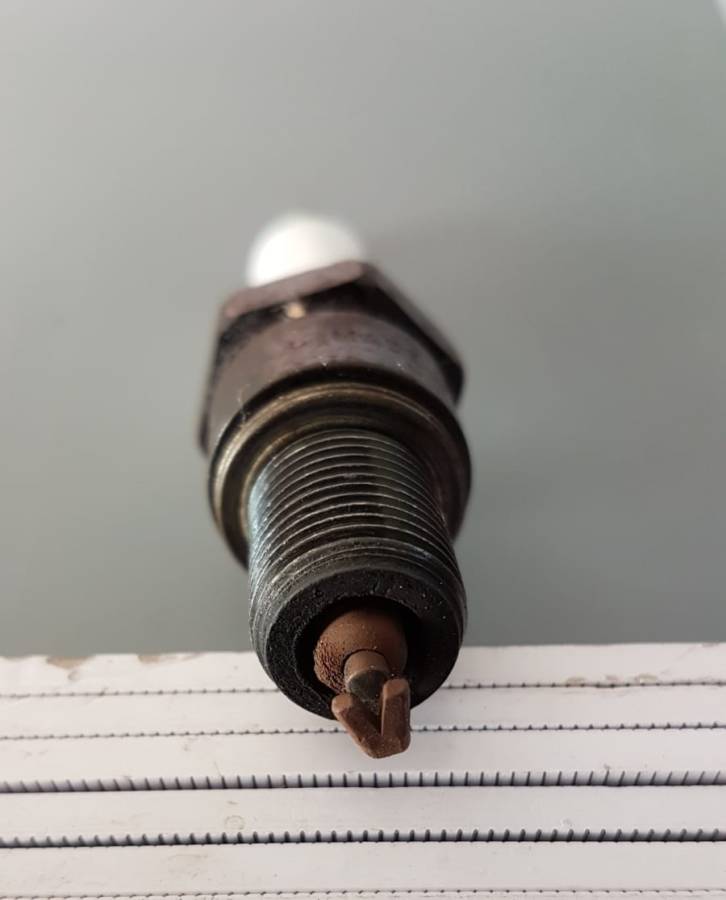
Lawnmowers are designed to make your work easier, but a slight change in the spark plug gap can affect how your machine functions. Most lawnmowers have engines that need this gap to function effectively.
Most lawnmower spark plugs are pre-gapped before being released to the market. However, by the time the mowers get to the distributor, parts guy, or wholesaler, the spark plugs may not be where they were when leaving the manufacturer’s place. That’s why it’s recommended to check the gap before installation.
Read on to learn more about the spark plug gap, what it is, and why the gap is essential when working with a lawnmower.
What is a Spark Plug?
Spark plugs are devices that operate on the electricity produced by a running engine. Note that this is not a perpetual motion as some mowers use a battery, while others require you to pull a start code to generate the energy to start the motor.
After the motor powers on, it generates electricity to power on the spark plug. The plug creates a tiny open electrical charge inside the cylinder, which ignites the fuel. It’s this fuel that pushes the piston, leading to the activation of the lawnmower blade.
The action of the fuel pushing the pistons drives the wheel on a mower and generates electricity for the spark plug. This cycle repeats as the lawnmower continues working on your lawn.
What is the Gap on Spark Plugs?
The gap on the spark plug depends on your lawnmower engine. It’s the gap found between the center and ground electrodes, which is the post and tongue. It needs to be set to a specific width for the power generated to ignite the fuel.
What Causes Faulty Gaps?
Handling and shipping are some reasons that lead to spark plugs getting bumped. That causes the ground electrode to move. Dropping the spark plug on its ground electrode can cause the gaps to be misadjusted.
The engine heat causes the ground electrode to move. Faulty gaps can also form when there’s regular use that eats away part of the ground electrode. The gap increases when the anode gets thinner.
The anode is a small post covered by a metal tongue on a single end of the spark plug. This node is found inside the cylinder housing when the spark plug is fixed into the motor. It’s the anode that has the post and the tongue, which is the center electrode and ground electrode. You can use a gap tool to reset the correct distance, although you should note that the ground electrode will eventually wear out, necessitating replacement.
Why is the Gap on the Spark Plug Important?

The distance of the gap on a spark plug depends on the amperage and voltage generated by the ignition coil. You’ll find the recommended gap specification on the mower’s manual or on the emission sticker.
A lawn mower’s engine operation and efficiency depend on the accuracy of the gap. So, what happens when spark plugs are not gapped properly?
A lack of having the right gap on the spark plug leads to cylinder misfires, premature wear, and ignition system stress. The gap has an effect on the exertion and operation by the ignition system to start the mower’s engine.
That means if the gap is too large, the spark produced in the center electrode won’t travel to the ground electrode completely, which means the system needs to work harder to ignite the air/fuel mixture. Likewise, a too-small gap means the spark lacks enough space to generate the required power to ignite the fuel, something that leads to high tailpipe emissions and low power.
Note that the shape, size, and style of the spark plug corresponds to various factors for the best engine and spark plug performance. For example, when the engine is under load, the pressure in the combustion chamber is high due to air aspiration. That makes it difficult for the spark to occur. Also, fuel with high alcohol content needs small spark plug gaps and a lower A/F ratio.
Spark voltage or electric pressure corresponds to the distance the spark can cross at a given environment and air pressure between the spark plug gap. High cylinder pressure needs a higher voltage for the spark to happen.
Checking Pre-Gapped Plugs
Most lawn mower manufacturers claim that their plugs are pre-gapped, but this doesn’t mean that the gapped plugs are still in place or that the plugs are gapped to your mower’s engine. Pre-gapped means that the device is pre-measured to work in different engines.
It’s critical to measure the gap to make sure that your spark plug lasts long and provides maximum efficiency in your engine.
Setting the Gap on Your Spark Plug
You’ll need a spark plug gauge to adjust the gap on your lawn mower’s spark plug. Although many small engine spark plugs require a .030 gap, this varies depending on the engine type. You can check this on the engine owners manual.
Inset the spark gap gauge into the edge that is the gap between the electrodes. With the gauge in the gap, slide the plug along the outer circumference of the gauge until the two electrodes connected with the gauge. That will tell you the distance set between the electrodes.
You’ll need a gap tool to set up the spark plug gap. A gap tool is a round piece of metal with various pieces of the attached wire. All you need is to use the correct wire to close or open the gap, this will allow the wire to pass between the electrodes.
To fix the gap, bend the ground electrode in either direction until it’s set to the right distance. You can use the gap tool to do this by using the center hole to push the electrode outward, something that widens the gap. Alternatively, you can use the flat surface of the gapping tool to push the electrode in, which narrows the gap.
When fixing the gap, be cautious to not bend the electrode too quickly or too far as it can break.
Also, ensure that you follow the lawn mower’s recommended gap as any deviation moves the engine’s performance away from the engine’s tune-up performance. Following the set specification will prevent the engine from detonation and pre-ignition.
Summary
Lawnmower spark plugs can come pre-gapped, but this depends on the manufacturer.
However, in most cases, the gap can be too small or too big, which can lead to ignition problems. Shipping can lead to bumping, which can affect the gap. What’s more, some engines that need a specific plug require a different gap than what is factory preset.
Spark plugs need to be pre-gapped to ensure proper ignition of the air and fuel mixture. Gapping the plugs also prevents detonation, fouling, and pre-ignition. If you don’t know how to check the gap on your spark plugs, it’s best to consult an experienced technician who will check the gap physically and fix it to the required width.

